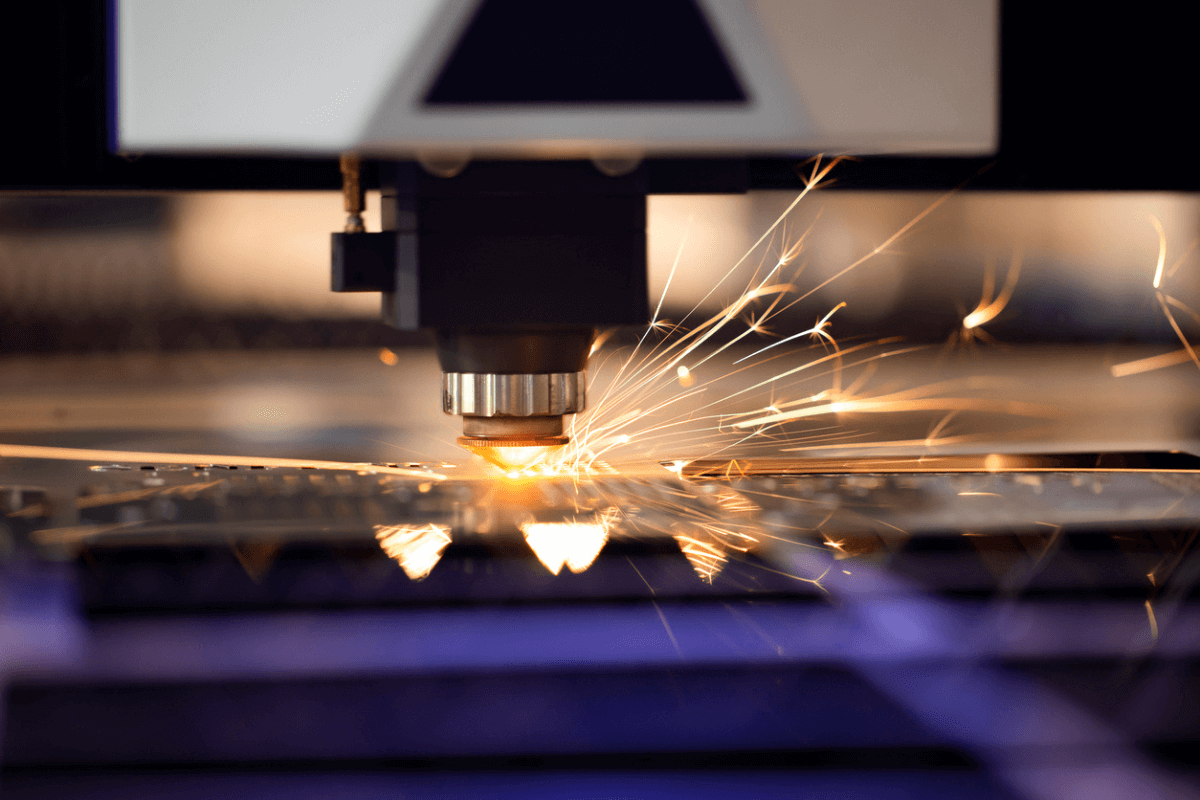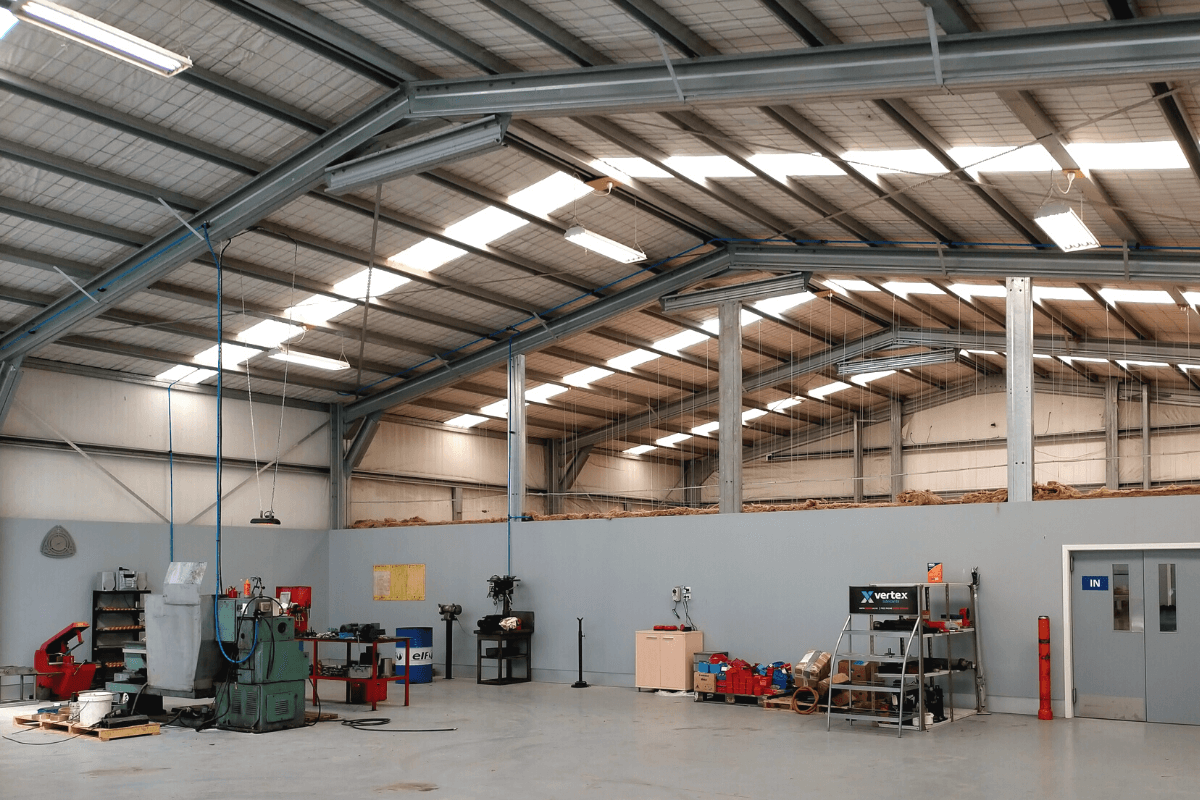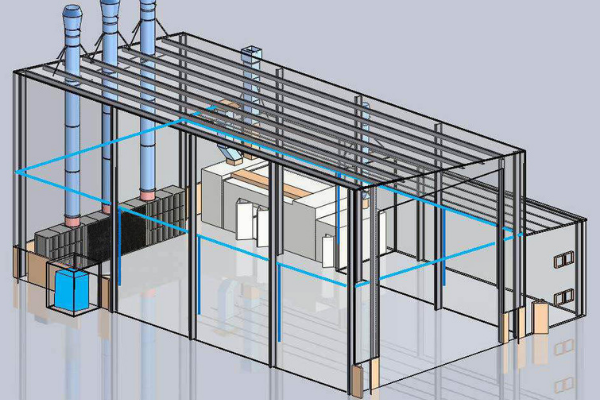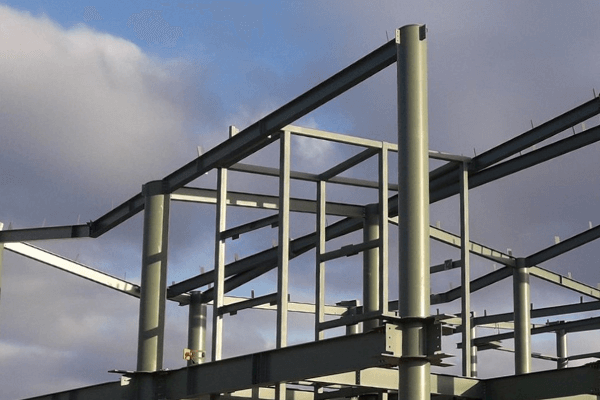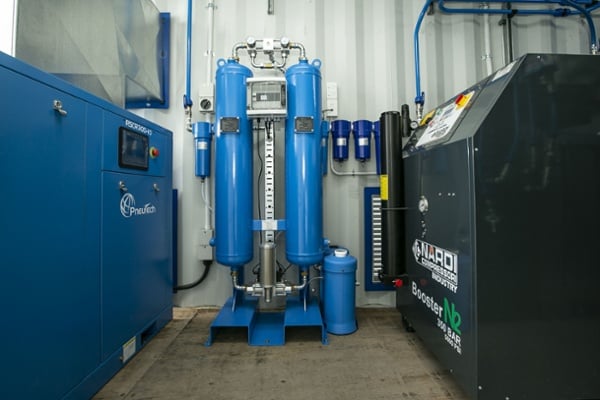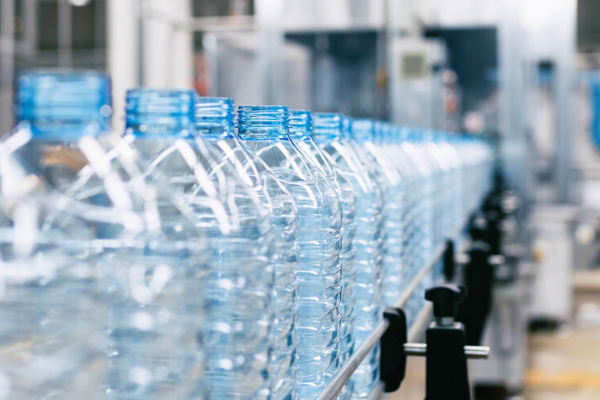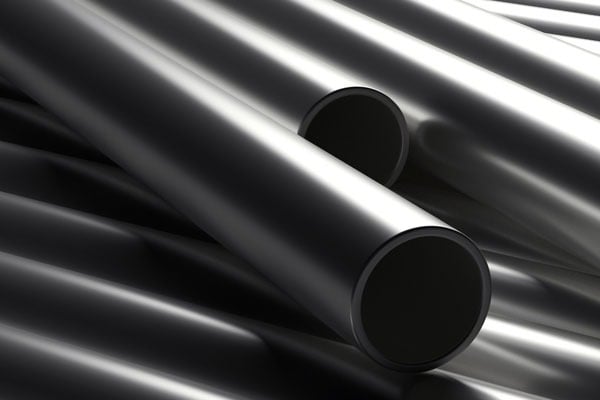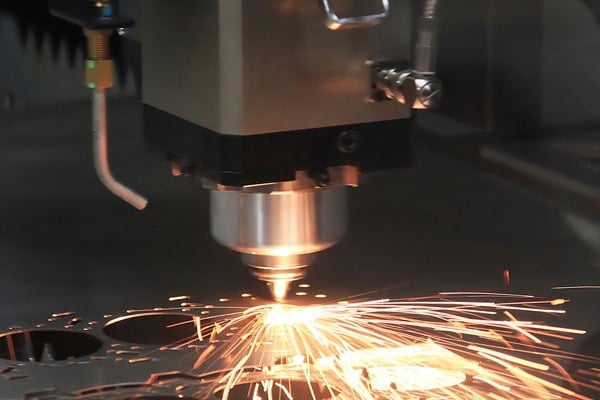When working in oil and gas, chemical or food processing industries, routine shutdowns are something that can’t be avoided. Planned shutdowns are essential in making sure that equipment is operating efficiently, it’s also a great way to extend the life of your equipment. But it’s not just larger businesses that can benefit from a planned maintenance and shutdown period. Workshops, panel and paint, manufacturing facilities and more can all see the rewards from taking time to ensure their plant and equipment like air compressors are looked after so you don’t see any unexpected breakdowns.
Although temporarily shutting down your plant, workshop, garage or factory can be seen as an expensive activity, the short-term expenses of a shutdown are offset by improved plant efficiency and operations, lower energy use and fewer machine failures. It doesn’t matter how small or large your business is, you can’t afford for things to grind to a halt when you’re at your busiest. Planning ahead to service, maintain and replace vital equipment can save your business, and your reputation, from lasting damage.
In this blog we’ll dig deeper into why planned shutdown maintenance cycles are important, the many benefits they can bring, as well as how you can go about planning a major shutdown.
Why implement shutdown maintenance?
Major industrial shutdowns in process industries typically happen every one to two years and can take several days (if not weeks) to complete. For smaller businesses and particularly those that may use air compressors, routine
maintenance to service this equipment is recommended at least once every 6 months. Back-up compressors are usually available to ensure your factory remains operational during this period.
Generally, shutdowns will have two objectives:
- To repair problems identified during previous major shutdowns or standard operations, and
- To inspect parts of the plant or factory not accessible during operation. This is to identify any potential problems that will need to be repaired now or during future shutdowns.
Outside of a planned shutdown, there will occasionally be problems that crop up that must be addressed immediately, but they should be the exception. When these types of issues are found, the inspection process should be updated to avoid future surprises.
This becomes a great time to pause the day-to-day operations and to focus on the equipment that keeps the business working. If a piece of equipment has developed issues or is getting a bit older, then taking the time to look after it will keep it going even longer.
Benefits of shutdown maintenance
There are many benefits to having shutdown maintenance in place. We’ve highlighted some of the main benefits below.
Prolonged equipment life
By ensuring that your equipment is checked and serviced on a regular basis, it’s likely to last you for a longer amount of time. Any issues that are spotted during the process can then be dealt with so they don’t cause you any headaches down the track.
Lower energy use
You should always avoid using equipment that’s overworked and not properly maintained as this type of equipment can struggle to remain efficient, and therefore will use more energy than would otherwise be needed. Equipment that is properly serviced and maintained will consume less energy saving you time and money. Particularly with air piping systems, one small leak can cost you hundreds of dollars in lost power each year. Multiply that by a whole factory and the cost can be well into the thousands.
Safer work environment
Potentially dangerous working environments can easily be avoided with equipment that’s properly monitored and looked after. With regular maintenance, the chance of equipment failing is reduced, making your facility a safer and healthier place for staff.
Economical
Regular maintenance of equipment means that potentially costly repairs or replacements are reduced dramatically. Equipment that breaks down can also hinder productivity and in some cases, if the equipment is essential to day-to-day activities, you may be required to shut down completely while repairs take place. Alongside the reduction of breakdowns, shutdown maintenance also minimises the chances of your business or operation having to close and the loss of revenue that could result from this.
Running a successful shutdown
There are five phases or steps that can be followed when you’re preparing for shutdown maintenance.
1. Planning
Like anything, the key to a successful shutdown is to start planning early. Allowing plenty of time to plan essential activities, each job in detail, and map out process and deadlines will make all the difference.
For major industrial shutdowns typically senior management will define the scope of the project and key performance indicators (KPIs) that will be used to measure performance. Then, they hand plans off to the plant shutdown management team. In any case, it can also be a good idea to review industry case studies and previously conducted maintenance projects to learn how other plants or factories improved their equipment effectiveness and reduced costs.
2. Preparation
With the plan now in place, it’s vital that several smaller plans are put in place. These supplemental plans will help to ensure that the high-level plan is followed for your shutdown. These can include:
-
- Health and safety plans.
- Logistics plans for reception.
- Storage protection and equipment demobilisation plans.
- Quality assurance and control plans.
- Stand-by compressor connection points if needed.
3. Execution
With all plans and preparation now complete, your shutdown management team will then start to inspect your equipment, scope the work that needs to be done, and then schedule and budget this against KPIs set in the planning phase. They will also take corrective actions where necessary.
Post maintenance, the team will then test all equipment and perform any final checks in preparation for the startup of the plant. As the project nears completion, they may also be required to adjust the schedule and workforce needs according to your KPIs, and if extra maintenance is required, which is out of the initial scope.
4. Startup
Before starting up the plant, workshop or factory and resuming normal activity, operations personnel and any contractors will join the maintenance team to conduct a final inspection. For smaller businesses, this can be a great opportunity to have the team work together within the business and for them to appreciate what goes into a successful operation. Each of these people will generally run through a checklist to ensure the proper function of all of your machinery.
When the final inspection is complete, the maintenance team will breakdown or remove equipment used during the project and hand over operations to your team. Your operations team can then start your equipment up again. You may need to have specialists come in to look after certain pieces of equipment or perform specific tasks and having a couple of days or a week where they come in will reduce customer disruption.
5. Evaluation
Once phases one through four are complete you’re now ready for the final phase – the evaluation. The evaluation phase consists of conducting a post-shutdown meeting to review the entire maintenance process. You will also audit your KPIs to gauge the overall success of your shutdown. A final report will be compiled that summarises successes along with any issues that arose; it should also detail every phase of the project. This will help you improve your process for future shutdowns.
For smaller businesses, this phase may take the form of some informal feedback to see what your staff thought about the maintenance day or week. They might have brilliant suggestions for how it can be improved in the future and may give you some positive feedback on taking the time to keep their equipment in tip-top condition.
Industrial Air maintenance services
While major overhauls of compressor equipment, shifting equipment and extending or repairing air-lines are all things that could be completed at an annual shutdown, routine services need to be kept up regularly during the year to avoid a major breakdown of your air compressor equipment.
Strict deadlines and having to meet regular production requirements can often be factors in choosing to put off regular checking and maintenance of your equipment. That’s where we can help!
At Industrial Air Systems we have the processes in place to keep your compressed air equipment running reliably and at peak efficiency. With full-time service coordinators and managers on hand, we make things happen. Customers who take advantage of our preventative maintenance programmes like Master Maintenance experience increased productivity and can rest easy knowing that their air compressed air systems are running at peak efficiency.
Find out more about our Master Maintenance service and see how our team can help by clicking the link below.



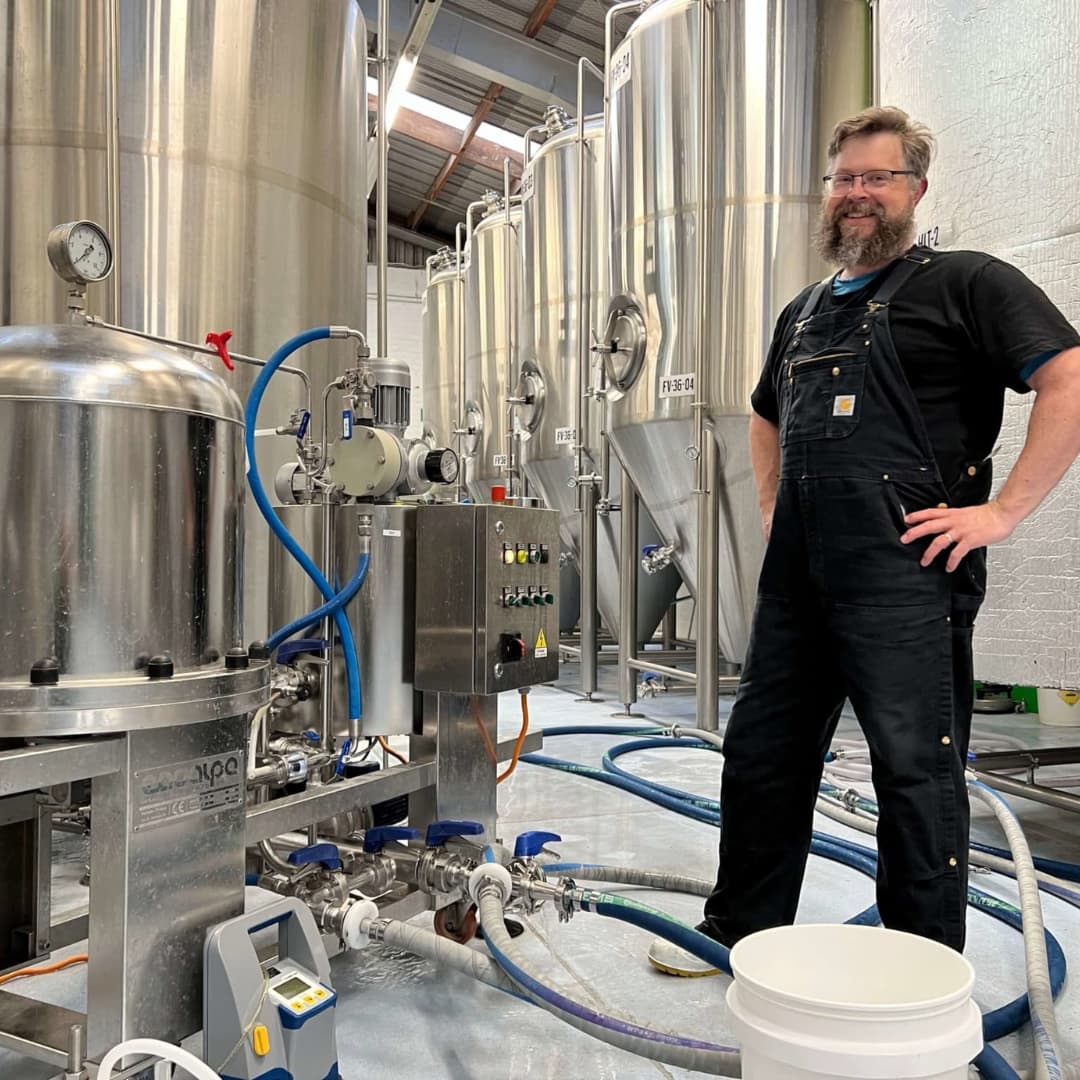
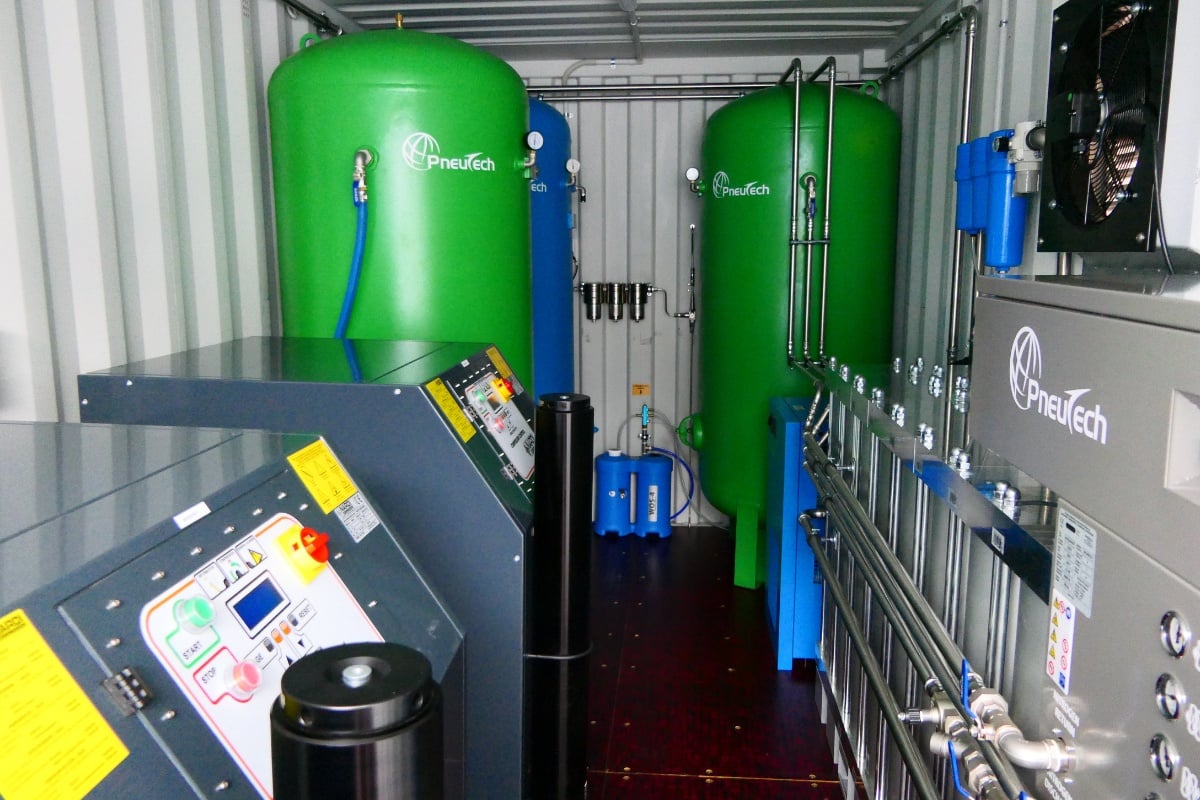
.jpg)


